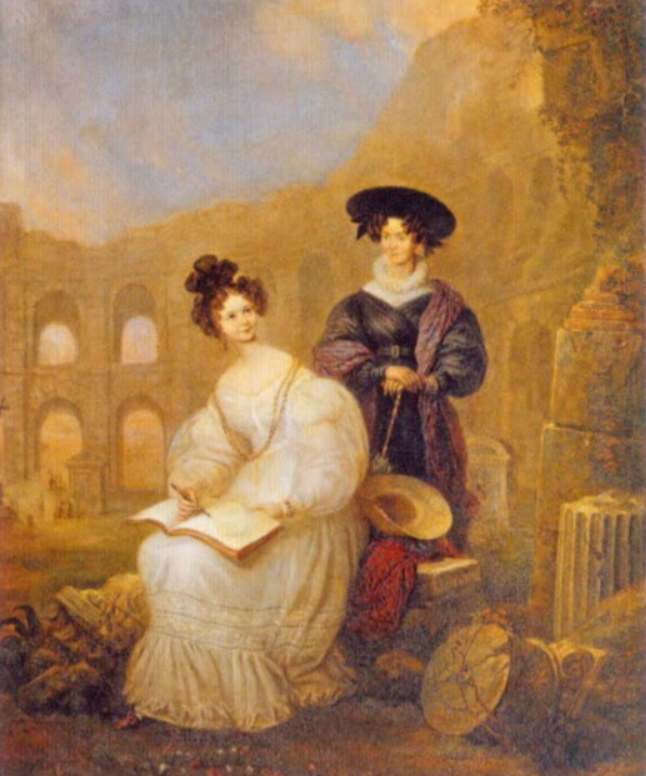|
Who would have thought that the beloved tradition of afternoon tea, often credited to an English duchess, actually originated in the sophisticated Parisian salons of the 19th century? This delightful custom, now enjoyed globally, traces its roots back to a Russian socialite whose influence extended far beyond her elegant gatherings.
Tracing the History of Afternoon Tea Tea as an afternoon meal, is thought to have originated in 1837 in the house of Mme. de Circourt, a Russian lady, whose salon in Paris was at that time much frequented by the most intellectual society of day. The fashionable dinner hours were then getting late, and she introduced a 4 o'clock light meal, at which tea was served, creating the custom in Paris of afternoon tea. It was later that Fanny Kemble in “Records of a Girlhood” attributes the introduction of the afternoon meal in England, to Anna, the then Duchess of Bedford. From “Notes and Queries” 1882— On Afternoon Tea - “In a sketch of Comte de Circourt, by Hubert Saladin, the salon of Madame de Circourt comes prominently before us as one of those frequented by the most intellectual society of Paris in 1837. A reviewer in the Revue Britannique for this month suggests that to her (she was a Russian) we are perhaps indebted for the first 5 o’clock teas.” K.H.B. Biography of Madame de Circourt Madame de Circourt, was born Anastasie Klustine, in Moscow in 1808, to Simon Klustine, an officer of high rank in the Russian army, and the Countess Vera Tolstoi. Intelligent and a natural at linguistics, Anastasie spoke fluent Russian, German, French and English by the age of 16. Her educational studies included religion, ethics, metaphysics, botany, and music, but her health was described as delicate. Subsequently, at the age of 18, with her mother, she travelled to Montpellier, Pyrenees and then to Paris to convalesce. ‘It was in Paris during the winter of 1826-27 that she made the acquaintance of Count Adolphe de Circourt’ and they soon married. Her later life, and the popularity of her Parisian salon, in which she entertained the most intellectual of society, was covered in author Count Nigra’s book, “Count Cavour and Madame de Circourt: Some Unpublished Correspondence.” It was in her salon that she started the custom of serving afternoon tea, prior to the Duchess of Bedford doing so in England. Closing Remarks The tradition of afternoon tea, a beloved ritual enjoyed worldwide, finds its origins in the elegant Parisian salons of the 19th century. While often attributed to the Duchess of Bedford in England, historical evidence suggests that Madame de Circourt, a Russian socialite residing in Paris, was the true pioneer of this custom. Her intellectually stimulating salon, frequented by the era's elite, served as the backdrop for the introduction of a light, 4 o'clock meal accompanied by tea. This sophisticated practice subsequently gained popularity in England and beyond, evolving into the cherished tradition we know today. Madame de Circourt's influence extended far beyond her social circles. Her intellectual pursuits, linguistic prowess, and cosmopolitan lifestyle contributed to her role as a cultural influencer, solidifying her place in history as the originator of a timeless social custom. Article Published: Etiquipedia.blogspot.com
0 Comments
Leave a Reply. |
AuthorElizabeth Soos Archives
August 2025
Categories |
|
CONTACT US Submit Your Enquiry |


 RSS Feed
RSS Feed

